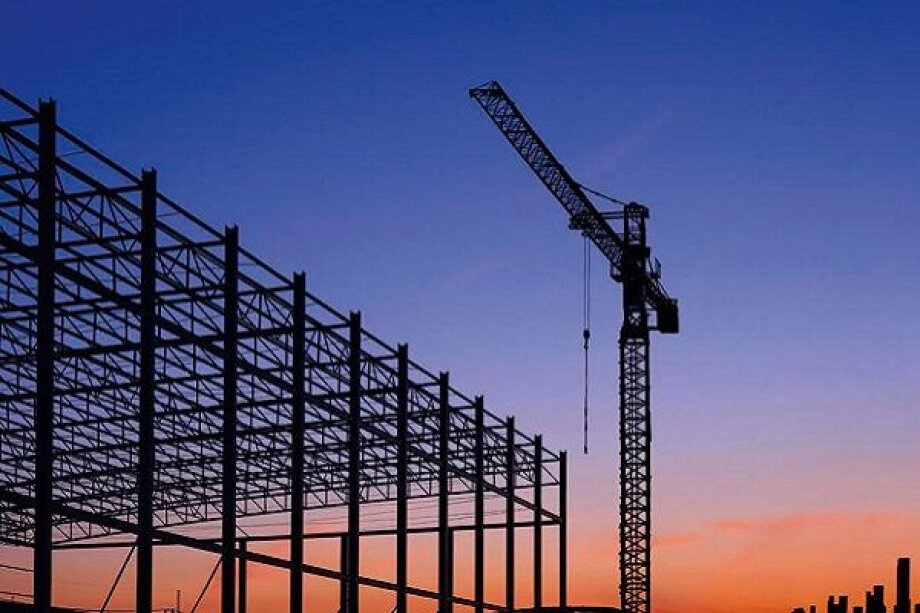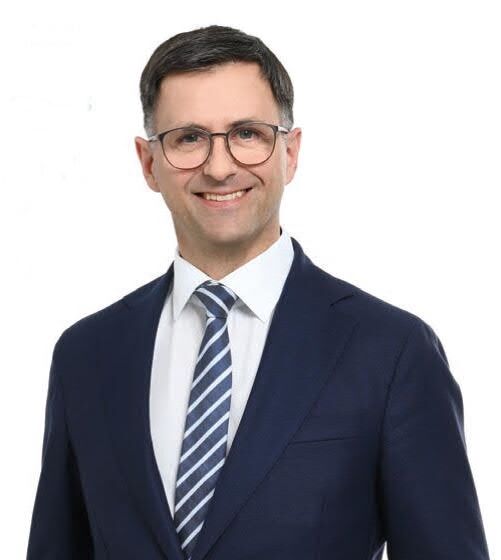REAL ESTATE INVESTMENTS GOING STRONG
Mateusz Skubiszewski, Head of Capital Markets, BNP Paribas Real Estate Poland, sums up Poland’s real estate scene following a post-pandemic “clear recovery.” INTERVIEW BY MORTEN LINDHOLM

Mateusz Skubiszewski, Head of Capital Markets, BNP Paribas Real Estate Poland, sums up Poland’s real estate scene following a post-pandemic “clear recovery.” INTERVIEW BY MORTEN LINDHOLM

 WBJ: What’s the state of investors’ appetite for Polish real estate right now? Where does it leave 2021 in terms of values/volume as compared to previous years?
WBJ: What’s the state of investors’ appetite for Polish real estate right now? Where does it leave 2021 in terms of values/volume as compared to previous years?
Mateusz Skubiszewski: Poland is still very much on investors’ radar as has been manifested by the clear recovery we saw in Q3 2021. The volume of transactions that we are dealing with today, may in fact herald that the end of the year is likely to be strong. The most optimistic variant indicates that the value of this year's transactions will be higher than last year's by several percentage points. Even though during recent quarters, a great many players have had a great yearning for projects from the banks of the Vistula, they have chosen wisely, without any recklessness and were very careful while taking decisions. The overall processes are taking somewhat longer and that hasn't changed much. We do, however, expect a faster pace in the coming year.
Do you see specific trends in terms of sectors or cities driving the most attention?
Logistics, warehousing and industrial sectors are emerging out of the pandemic unscathed. What is proving to be the driving force behind them is not only the dynamically growing, faster and more technologically advanced e-commerce sector but also the changes in the organization of deliveries and nearshoring, which is being especially appreciated by production companies. A good signal was and still is, the fact that the pandemic has not impacted the works on construction sites. Logistics facilities are continuously being built, the supply chain is stable and the interest of tenants and investors is quite significant. The pandemic has also accelerated changes in the structure of the commercial real estate market, but it is impossible to highlight one key factor that will affect the direction of these changes. New consumer habits, integrating brick-and-mortar trade together with the Internet, as well as much better use of logistics, all play a significant role. Overall, convenience parks and retail facilities seem to be in good shape. They tend to do well, not only in smaller cities but also in larger ones, being a good neighbor of large housing estates or even co-creating a new urban fabric on the outskirts of suburbia. The pandemic has also shown that Poles were actively immersing themselves in home improvements, which has led to good results being generated by DIY stores, which, after all, were open most of the time, even during lockdowns. It also appears that the pandemic-sensitive office market seems to have put the most difficult quarters behind it. We have noticed that companies are no longer deciding to wait and are actively extending their existing leases but are planning on a more conscious basis for the long-term. At the same time, they are focusing on better planning and arrangement of the functionality of the spaces they have, adjusting them to well-thought-through workspace strategies. We can notice that developers across the country have reacted rapidly to the pandemic and were able to efficiently identify tenants’ new needs, by adapting their projects to suit.
How do you forecast the market situation in 2022? What are your biggest worries for an upset to the market?
The coming year will be marked by the building of portfolios with diversified, more predictable projects of varying scale and purpose. In demand will for sure be the prospering logistics parks as well as warehousing and industrial facilities. An important factor that will dictate investment decisions and the strategies of players in general, will be the search for alternatives to protect capital against inflation. The challenge will also be to meet the ever-growing demand for logistics real estate, assuming a continued and very intensive development of the e-shopping market, but also the growing importance of Poland as a regional logistics hub. This can be noted from the development of regional markets on the so-called west wall. I forecast that 2022 will be a continuation of people returning to offices and the implementation of even more professional hybrid work models, which will become a part of the DNA of many companies and institutions. Interestingly, such a change will translate directly into increased interest and demand for the best-located and connected office buildings, offering high-class space, but will also exert significant pressure to conduct modernization of older assets.